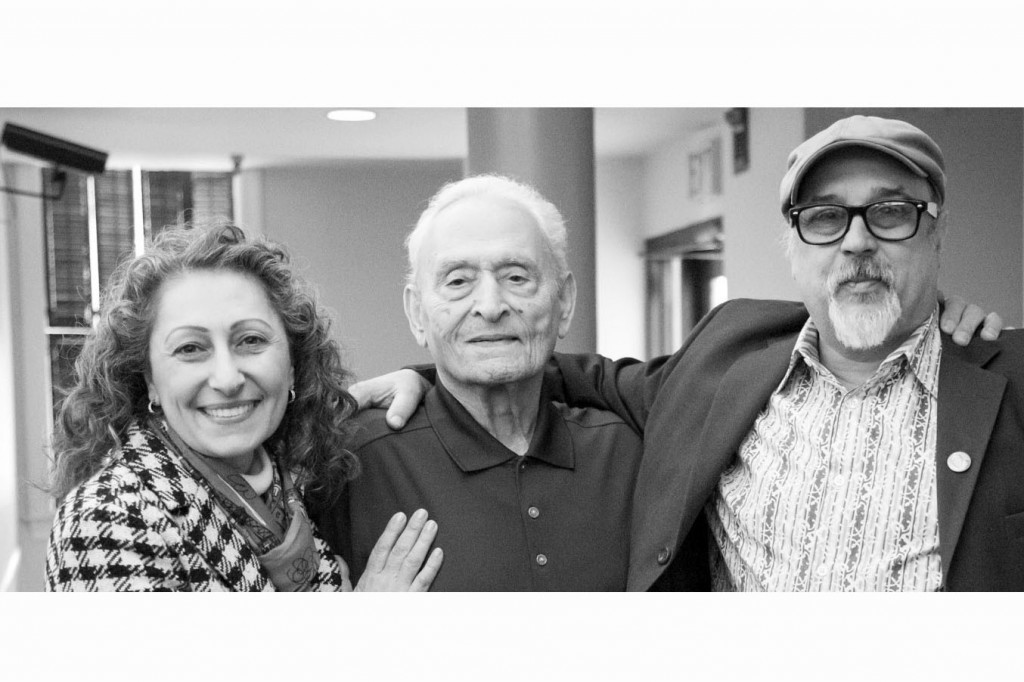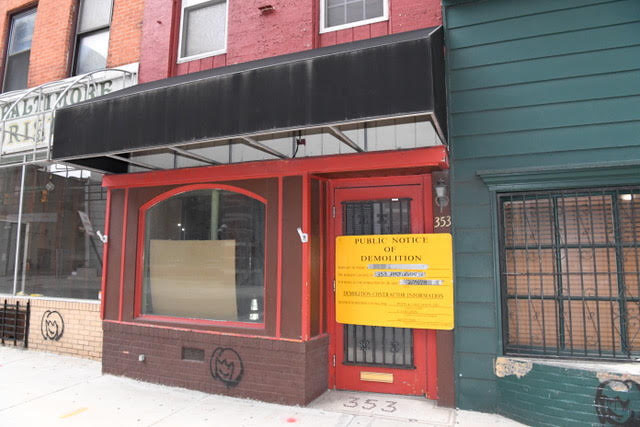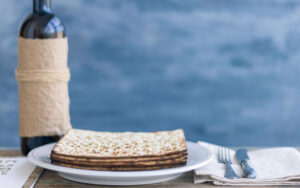It was as much a part of the daily newspaper as the sports page. Used to be and ain’t no more. First, the grill went cold and then — by the time the morning paper wasn’t much thicker than a supermarket circular — the whole block came down.
The diner was the Bridge, named for the Orleans Street Viaduct high above its exhaust fans. The paper soldiers on as the once-mighty Baltimore Sun, and the buildings that fell in March had occupied the 300 block of North Calvert St. since the late 19th century.
“I remember eating a lot of french fries with gravy at the Bridge,” said Kate Shatzkin, a reporter who left the paper in 2010. “Once co-workers started inviting me to lunch there, it was, ‘OK, I’m part of The Sun now.’”
The narrow diner at 353 N. Calvert St. — slammed every weekday afternoon with patrons eating real crab soup, stuffed green peppers and turkey clubs from birds roasted onsite — did business between a florist and a shingle-over-the-front-door law office.
It was a crossroads, said Shatzkin, a Kansas City native, that helped her understand Baltimore. How could it not?
First of all, Baltimoreans are notoriously frugal when they’re not downright cheap, and a couple of bucks bought a lot of vittles at the Bridge.
The folks who spent their hard-earned dollars there (very few of whom worked harder than the owners, first the Vailas family from Tolna Street and then George and Renee Alatzas) hailed from Yale to jail: reporters and photographers; cops and prosecutors; public defenders and their soon-to-be convicted clients; doctors, nurses and housekeepers from the hospital across the street (Mercy, which bought and razed the block); employees from the city transit and traffic department (also across the street) and pedestrians from all walks.
The waitresses had classic waitress names like Lettie, Elsie, Virginia, along with Jean No. 1 and Jean No. 2, professional slingers of hash who poured from the side of the water pitcher to get the job done more quickly, paying no mind whether you were a copy boy or the publisher.
Very few publishers, if any, dined at the Bridge, preferring the upscale Calvert House a few doors away at 347 when they weren’t at the Maryland Club. During the Reagan years, the Bridge had a young man helping out his parents who grew up to be publisher.
“The journalists I met at the Bridge inspired me to make journalism my career,” said Trif Alatzas, the eldest child of George and Renee, named publisher of the paper in 2016. “When I saw the bulldozers show up to tear the block down, I realized it was the end of an era.”

The end on Calvert Street for Pete Vailas, 92, occurred in 1985 when he sold the diner to the Alatzas family.
“You name it, I can make it,” said Vailas, who graduated from the Culinary Institute of America after he’d gotten the café up and running, a man so devoted to cooking that he catered his daughter Cynthia’s engagement party.
“I remember sitting in the front window coloring when I was 5-years-old while my parents worked,” said Georgette Calomeris, second daughter of Pete and the late Anna Vailas.
Later, Georgette would trade her crayons for a typewriter, banging out the daily specials in the morning before running them off on a hand-cranked mimeograph machine and rushing the copies down to the restaurant from the family rowhouse near the old City Hospitals.
“I changed the specials every day,” said Pete. “Beef stew, roast chicken, spaghetti and meatballs, liver and onions and fish every Friday.”
The Alatzas family sold the business in 1999 and the place changed names and cuisines and business models several times, none of the ventures having access to the number of customers the Bridge enjoyed as the newspaper began purging staff through more than a decade of layoffs and buyouts.
“I have watched new businesses come and go in the same spot where I used to help my grandmother make milkshakes, hear my mother chat up customers at the worn Formica counter and watch my father create his daily specials in that tiny kitchen,” said Alatzas.
According to reports in the paper that Trif pilots, Mercy Medical Center will use the block for parking.
Rafael Alvarez can be reached via orlo.leini@gmail.com.





